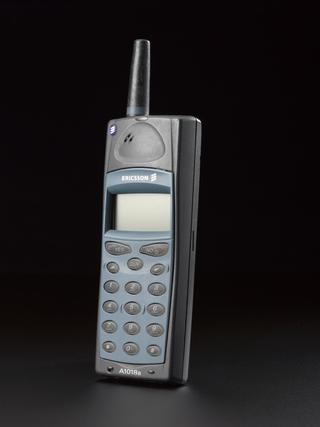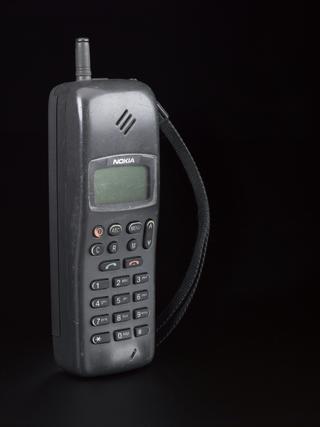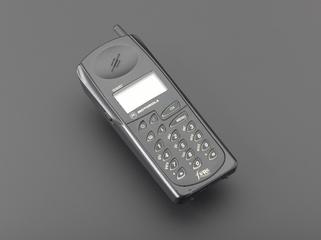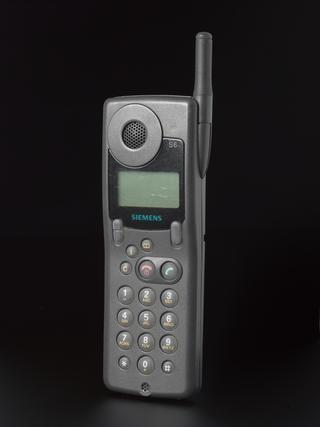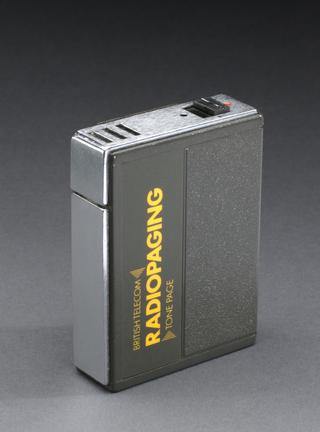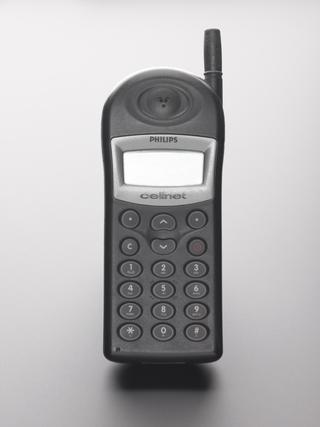
Morse key with send-receive switch, 1900-1920
- Made:
- 1900-1920 in United Kingdom
- maker:
- General Post Office








Morse key with send-receive switch, made by the General Post Office, British, 1900-1920.
With a single-current telegraph key the position of the relay is restored to the normal position when current ceases by a magnetic bias or by a spring in tension. In other words, signal currents only flow in the line when the key is depressed. In the double-current system a current in the reverse direction is used to restore the relay to the spacing side. The 'send-receive' switch is necessary to disconnect the key from line while signals are being received, otherwise a spacing current flows along the line, preventing signals from being sent from the other end.
Details
- Category:
- Telecommunications
- Object Number:
- 1953-112
- Materials:
- wood (unidentified), plastic (unidentified), steel (metal), glass and brass (copper, zinc alloy)
- Measurements:
-
overall: 100 mm x 127 mm x 196 mm, 1.43 kg
- type:
- telegraph
- credit:
- Donated by the Institution of Electrical Engineers
